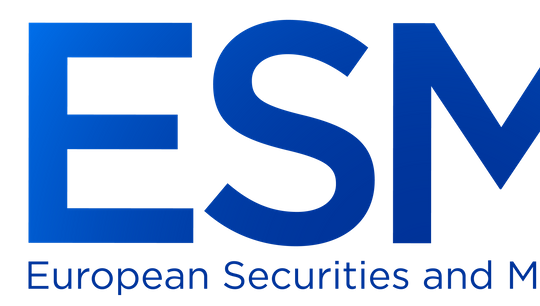CEO blog - AIMA Dispatches: The case remains.
Published: 04 July 2024
We are at the midpoint of the year, which is as good a time as any to take stock of how the hedge fund industry is doing. While much of the narrative continues to be about private markets pulling in investor interest, hedge funds in the public markets have been getting on with what they do best: delivering alpha.
As of the end of June, hedge fund performance looks strong. Various data providers have indices showing gains of around 7% YTD net of fees. On a 12-month basis, performance is now in the 90th percentile of all 12-month rolling periods dating back to 2014, according to PivotalPath. Crucially, alpha generation is very much in evidence, with positive alpha of 6.3% relative to the S&P 500 over the past 12 months. Managed futures, global macro, equity, and credit strategies have been doing particularly well, and several of the much-watched multi-manager funds continue to impress.
No wonder, then, that we are seeing net inflows to the industry. New hedge fund launches have also surged compared to recent years, and we have seen new firms going live with funds that have secured billions of dollars in investor capital. Indeed, PivotalPath has identified 60 new funds in the process of coming to market led by managers who have previously worked at +$1 billion shops. The ambition of running one’s own business appears undimmed despite the well-known complexity and cost of building institutional-grade operations.
Hedge funds’ fees continue to be in focus, and a group of institutional investors recently signed a letter to the industry calling for a consistent approach to cash hurdles to performance fees. This subject was discussed at a recent meeting of AIMA’s Global Investor Board, and a variety of views were expressed. There is no doubt that investors are willing to pay for good, alpha-driven performance, and there seems to be general agreement that hurdle rates need to be customised to match the manager and fund objectives so there will not be a “one-size-fits-all”; 75% of cash rates rather than 100% being one example. The consensus from our investor board is that managers who come to fee negotiations with an open mind and accept the need for transparency will find a receptive ear and arrive at fee models that work for both sides. As it stands, the average management and performance fees in the industry are 1.35% and 16% respectively, according to AIMA research.
AIMA’s Hedge Fund Confidence Index – a quarterly poll that projects managers’ sentiment towards their economic prospects, including, but not exclusively, related to performance – over the next 12 months, supports this narrative. Multi-strategy and global macro fund managers were once again among the most bullish strategies, suggesting that more good news is yet to come from these cohorts.
So, the case remains for hedge funds to be an integral part of institutional investor portfolios. Strip out the “Magnificent 7”, and they are doing a whole lot better than the rest of the S&P 500, which media commentators like to compare them with.







